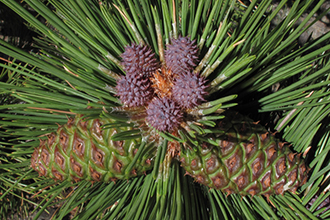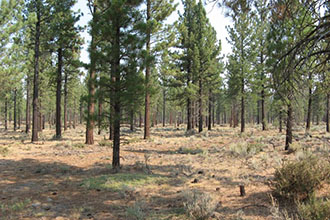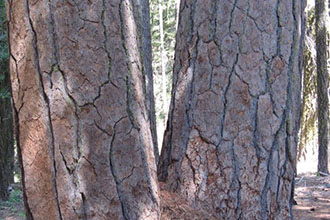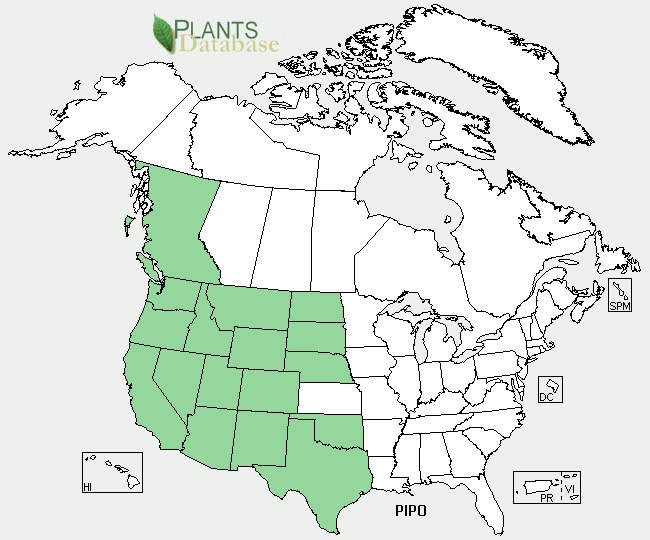Taxonomy: Kingdom - Plantae (plants). Subkingdom - Tracheobionta (vascular plants). Superdivision - Spermatophyta (seed plants). Division - Coniferophyta (conifers). Class - Pinopsida. Order - Pinales. Family - Pinaceae (pine). Genus - Pinus L. Species - Pinus ponderosa Douglas ex Lawson & C. Lawson
Ecology: Ponderosa pine is one of the most widely distributed pines in western North America. Ponderosa pine can be either a climax or a seral species. It is a climax species at the lower limits of the coniferous forests, and a seral species in higher elevation mesic forests where more competitive conifers are capable of growing. In climax forests, ponderosa pine stands often contain many small, even-aged groups rather than a true uneven-aged structure. The successional status of ponderosa pine ranges from seral to climax depending on specific site conditions. It plays a climax role on sites toward the extreme limits of its environmental range and becomes increasingly seral with more favorable conditions. On sites with favorable moisture, pines encounter greater competition and must establish opportunistically. On moist sites it is usually seral to Douglas-fir and firs (mainly grand fir and white fir). On severe sites it are climax by default because other species cannot establish. The ability of ponderosa pine seedlings to grow vigorous taproots is one reason for their tenacity on severe sites where associated species often fail.
Near the Yosemite Forest Dynamics Plot (YFDP), Pinus ponderosa is abundant on south facing slopes and lower elevations. Within the YFDP, which is mostly north-facing, Pinus ponderosa is rare. The elevation of the Utah Forest Dynamics Plot (UFDP) is at the upper limit of the range of Pinus ponderosa, but there are a few individuals found on open, south-east facing slopes.



